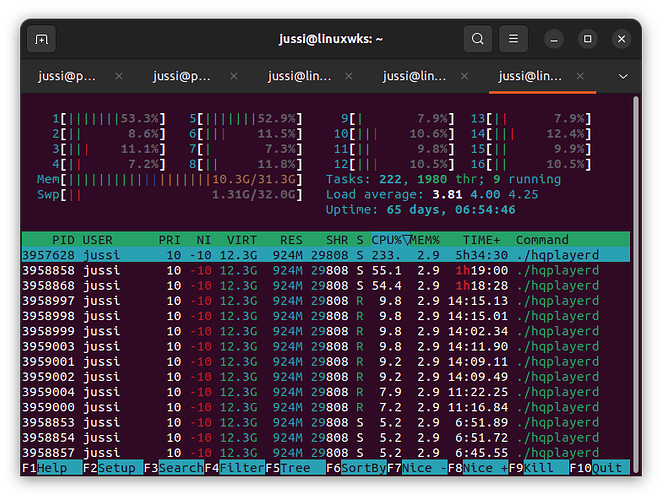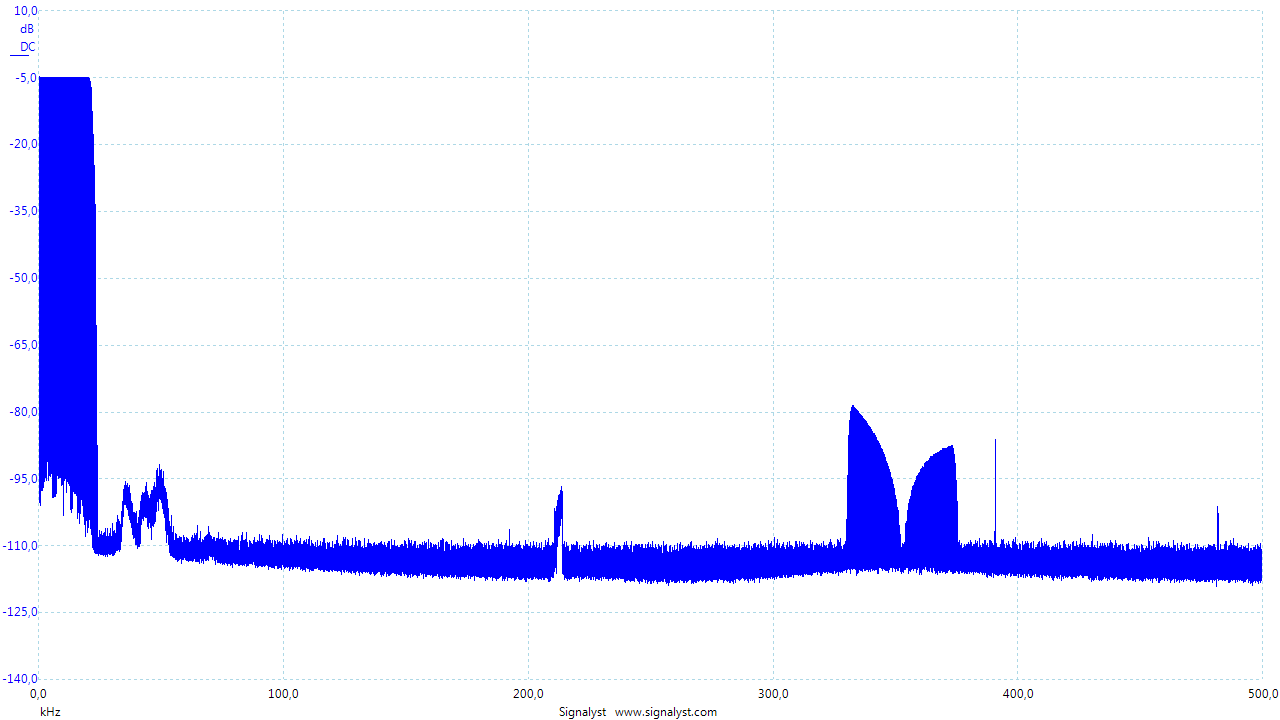But they are not well below the frequency of brick wall. If your ADC rate is 44.1k the frequency limit is 22.05 kHz. But many instruments produce content way up to 60 kHz. And with percussions and such you can easily reach 100 kHz.
In any case, HQPlayer has running on the fly analysis of the source data to detect problematic source content and shows you incrementing counter value from the detector.
Pre-ringing is of course only one of the many problems baked into the source data.
I’m offering linear, intermediate and minimum -phase apodizing and non-apodizing filters. You can easily try and compare which way you prefer. I’m not trying to force anybody to use minimum-phase filters. Current default filter settings in HQPlayer are linear phase.
Pre-ringing is just unnatural and doesn’t happen with real world signals, because in real world there’s no sound before the physical event causing the sound has happened.
For some of the studio productions content I prefer minimum phase filters myself. For example with old Pink Floyd albums from early 70’s.
You haven’t looked at NativeDSD site yet? For example I personally know pretty well two persons who are doing commercial DSD recordings (Channel Classics).
BlueCoast for example mixes in analog. These days, a lot of both PCM and DSD recordings are actually mixed in analog. Using analog production gear has become very popular again.
Most famous analog desks you can buy from Rupert Neve: https://rupertneve.com
Another big name SSL is also making analog desks: Music Production & Mixing | Solid State Logic
And so is AMS-Neve: https://www.ams-neve.com/
Essentially you record with multichannel PCM or DSD ADC, then play it back through DAC to the mixing desk while recording the desk output again through PCM or DSD ADC. So exactly same work flow you would have with old school analog multitrack tapes.
I’m measuring these devices all the time, as yes they do.
It has better analog reconstruction filter than most of your ESS DACs.
You are looking at wrong measurements.
Here you can see 0 - 22.05 kHz sweep, peak hold, from Topping D90SE DAC. Peak image level is about -72 dB compared to the signal level giving 12-bit worth of reconstruction accuracy here. That image around 352.8 kHz is the left-over stair stepping. And this is after the analog output reconstruction filter.

